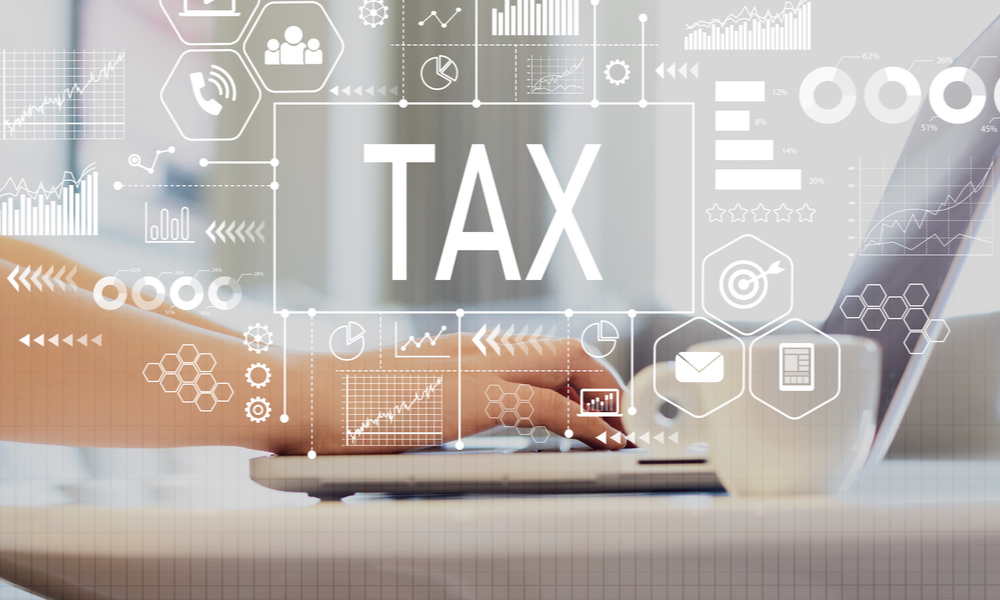
If you’re at the beginning or in the middle of your career, it can be difficult to balance the financial needs of your home and family while also planning for the future – especially after the COVID crisis of 2020, which threw the economy into a tailspin. It’s impossible to know what will happen with the markets in 2021, let alone what costs will be like when you’re ready to retire.
If you’re young or middle-aged, there are things you can and should consider now to minimise your taxes andmeet your investment goals for the long term, ensuring that you’ll have enough money put away for when you’re ready to retire.
Saving early pays off
Thanks to the power of compounding, the money you are able to save – and then immediately invest when you’re young has far more potential to grow than the money you invest later on. If your income decreased in 2020 due to the COVID crisis, it may be difficult to save right now, but putting even small amounts in your superfund account over a longer period of time can have a greater impact in the long run than investing a larger amount later on. With nearly 3 million Australians taking a total of $36billion out of their super accounts in 2020, it’s going to take a while to build this back up – but the sooner we start, the better.
Here are three initiatives to consider that may help you save while also planning for the future and reaching your investment goals:
1) Make the most of your earnings
It can be tough to find extra cash to invest when you’re just beginning your career, building a business or starting a family. But one way to find additional money is to change the amount of taxes withheld from your earnings and to make sure that the amount withheld during the income year best meets your end-of-year tax liability. If you usually get a large tax refund, consider reducing your withholdings and putting that regular “extra” money directly into an investment account.
You could also consider earmarking part or all of any raises or bonuses for retirement investing. This can be a fairly painless way to save and invest because it doesn’t change your take-home pay.
2) Make voluntary superfund contributions
When you retire, your superfund will likely be your primary source of income, so it’s important that you contribute to it now as much as possible. If you’re employed, your employer puts an amount equal to 9.5% of your salary into your super at least once a quarter, but that may not be enough to maintain the lifestyle you’re hoping for in retirement.
However, you can make additional voluntary superannuation contributions, and there are some excellent tax benefits you can take advantage of by doing so.
You can make cash (after-tax) contributions to your super, but there are also before-tax contributions that can be made through an agreement with your employer. This type of contribution is called salary sacrificing and can be highly advantageous if you earn more than $45,000 per year.
While you do pay taxes on these contributions, the superannuation tax rates are often much less than regular tax on income and normal investment earnings.
3) Explore additional deduction possibilities
Costs you save through tax deductions can both reduce your taxable level of income and provide more money for investing at the same time. There are many tax minimisation strategies available for Australian citizens.
If you’re a salaried employee, you may be able to deduct some or all of the following:
- Car and business-related travel expenses
- Home computer or phone costs
- Membership or union fees
- Tools or equipment
- Clothing expenses
- Tax preparation expenses with your accountant
If you work from home or own a business, you can usually deduct many expenses necessary for business operation such as phone costs, insurance, utilities, capital equipment and rent. It’s important to keep a written record of all expenses you wish to claim and to speak with your financial adviser about all possibilities. You should also explore the ATO’s “cents per hour” rate allowed for working from home due to COVID, available to 30 June 2021.
Additional options for saving
Finally, keep in mind that for the 2020-21 year, both the individual income tax rates and the Low-Income Tax Offset (LITO) and Low and Middle-Income Tax Offset (LMITO) levels have changed, which means that you may be able to save on your taxes and use this “leftover” money to invest.
If you’re looking for even more ways to maximise your superfund contributions and explore possible deductions while reaching your investment goals for the future, speak with a member of the trusted financial advising team at Accru today.
Disclaimer: The information contained in this article is based on information believed to be accurate and reliable at the time of publication. To the extent permissible by law, neither we nor any of our related entities, employees, or directors gives any representation or warranty as to the reliability, accuracy or completeness of the information; or accepts any responsibility for any person acting, or refraining from acting, on the basis of information contained in this blog. This information is of a general nature only. It is not intended as personal advice and does not take into account the particular investment objectives, financial situation and needs of a particular investor. Before making an investment decision you should speak with your financial planner to assess whether the advice is appropriate to your particular investment objectives, financial situation and needs.
